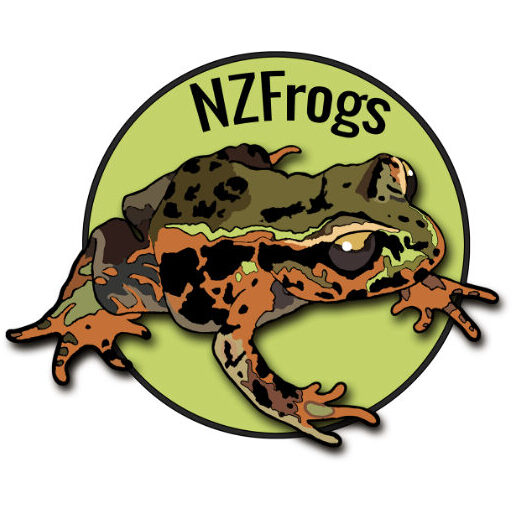Throughout New Zealand there is ongoing frog conservation, research and management. There are many people who have previously been involved in or remain highly active in New Zealand native frog conservation efforts. Here you will find current students, past students, people active in frog conservation, and Leiopelma alumni
Please note this page is still being edited if you notice any mistakes please contact us
Whilst we are trying our best to include as many current and past Leiopelma students we are aware we may have missed you. To rectify this please help us out by filling out the following form.
Current Students
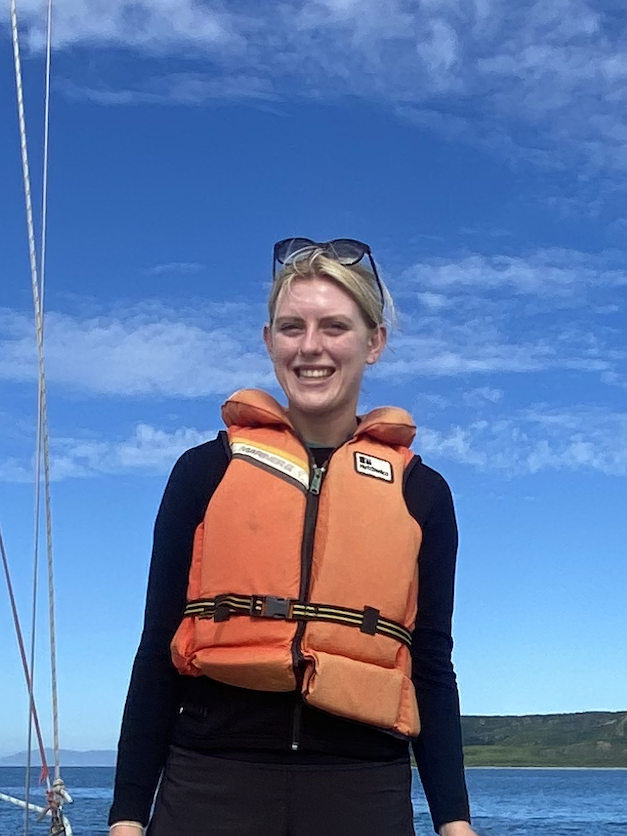
Tobia Dale
MSc University of Otago
Tobia completed her BSc majoring in Zoology with an Ecology minor in 2021. She is currently a MSc student supervised by Nic Rawlence, Stephanie Godfrey and Jo Monks. Tobia will be exploring the past, present and future distributions of New Zealand’s pepeketua (Leiopelma spp.). Tobia plans to integrate the subfossil record into her species distribution models to better understand past, present and future distributions to help identify environmentally suitable areas for future Leiopelma translocations. She is also completing an initial study in Hochstetter’s frog movements.
Email: dalto181@student.otago.ac.nz
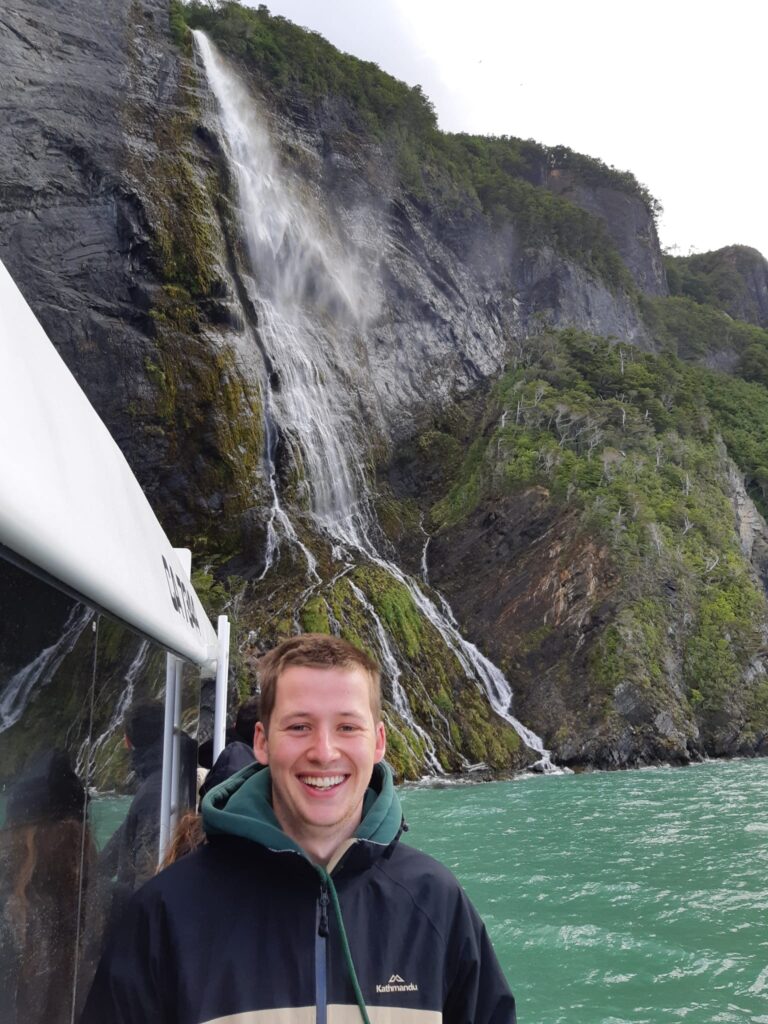
Hadley Muller
MSc University of Otago
Hadley graduated with a Bachelor of Science majoring in Zoology where he studied a variety of subjects from conservation to immunology. Currently, he is studying towards a Master of Science at Otago University supervised by Nic Rawlence, Ludo Dutoit and Jo Monks. We know little about genetic diversity in Leiopelma and their taxonomy is debated. Hadley’s thesis aims to use modern genetic techniques to investigate how Leiopelma has been impacted by conservation translocations and New Zealand’s geological, climatic, and human history. He will produce ancient and modern mitogenomic data for recently extinct and living Leiopelma, integrating this data into a robust, time-calibrated evolutionary tree. Additionally, genotyping-by-sequencing will be used to investigate founder effects and inbreeding depression in Hamilton’s frog populations. Hadley’s hope is for his research to facilitate evidence-based conservation management for Leiopelma in New Zealand.
Email: mulha552@student.otago.ac.nz
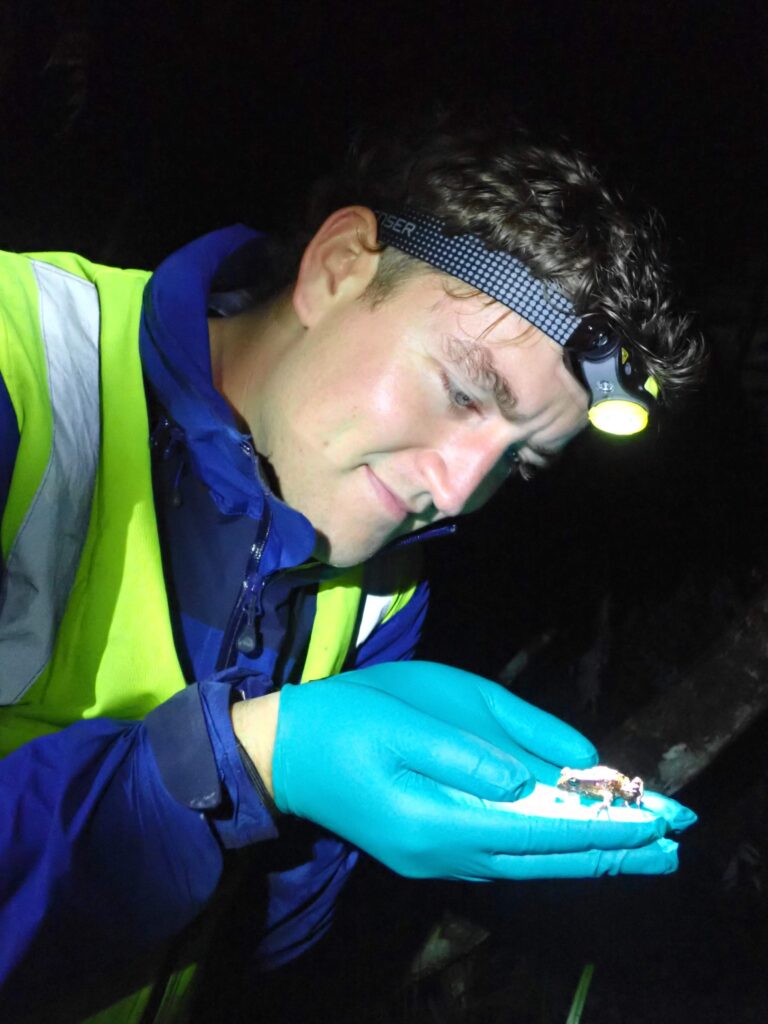
Liam Ireland
MSc University of Otago
Liam is a MSc student at the University of Otago supervised by Christoph Matthaei who is studying pattern change in both Archery’s and Hamilton’s frogs. As frog monitoring involves capture-recapture surveys, identifying individuals accurately is important population statistics and trends. Pattern change can impact a researchers ability to correctly identify individuals using photo-ID. Liam’s research involves looking at photo libraries of known individual frogs over many years and determining how patterns are changing and the impact this phenomenon could have on current monitoring methods.
Email: ireli721@student.otago.ac.nz
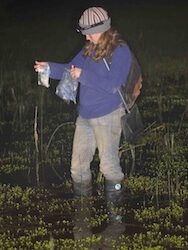
Sally Wren
PhD University of Otago
Sally is currently working towards a PhD at the University of Otago, researching methods for improving conservation of native New Zealand frogs
People active in frog conservation
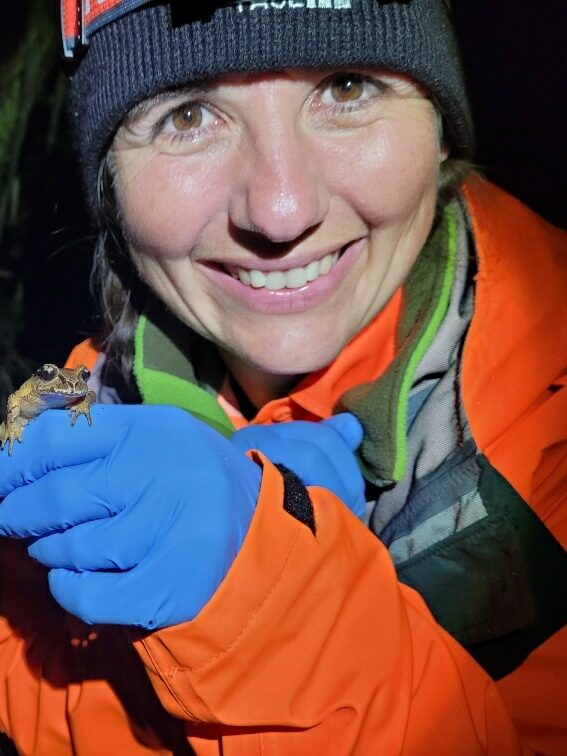
Jen Germano
Department of Conservation
Jen is a Science Advisor at the Department of Conservation with a focus on herpetology. she has worked as a herpetologist in NZ for over 20 years. She holds an Adjunct Researcher position at Otago University and has/can co-supervise postgraduate students at most universities if they are working on projects within her field. Jens research expertise includes: herpetology (especially frogs), translocation biology, conservation biology/management, ecology, animal behaviour, reproductive biology and assisted reproductive technologies. She is a member of the Frog Recovery Group, the Lizard Technical Advisory Group, and the Lizard Salvage Technical Advisory Group. She also leads the Amphibian Translocation Working Group for the IUCN’s Amphibian Specialist Group.
Email: jgermano@doc.govt.nz

Nic Rawlence
University of Otago
Nic is the Director of the Otago Palaeogenetics Lab in the Department of Zoology at the University of Otago. He use’s palaeontology, ancient DNA, (palaeo)genomics, geometric morphometrics, and species distribution modelling to reconstruct prehistoric New Zealand, how this ecosystem function, and how it was impacted by Aotearoa dynamic geological, climatic and human history. Using this information he has helped to inform evidence-based conservation management of NZ taonga species. Within his lab there is research on New Zealand’s living and recently extinct, and fossil, Leiopelma frogs.
Email: nic.rawlence@otago.ac.nz
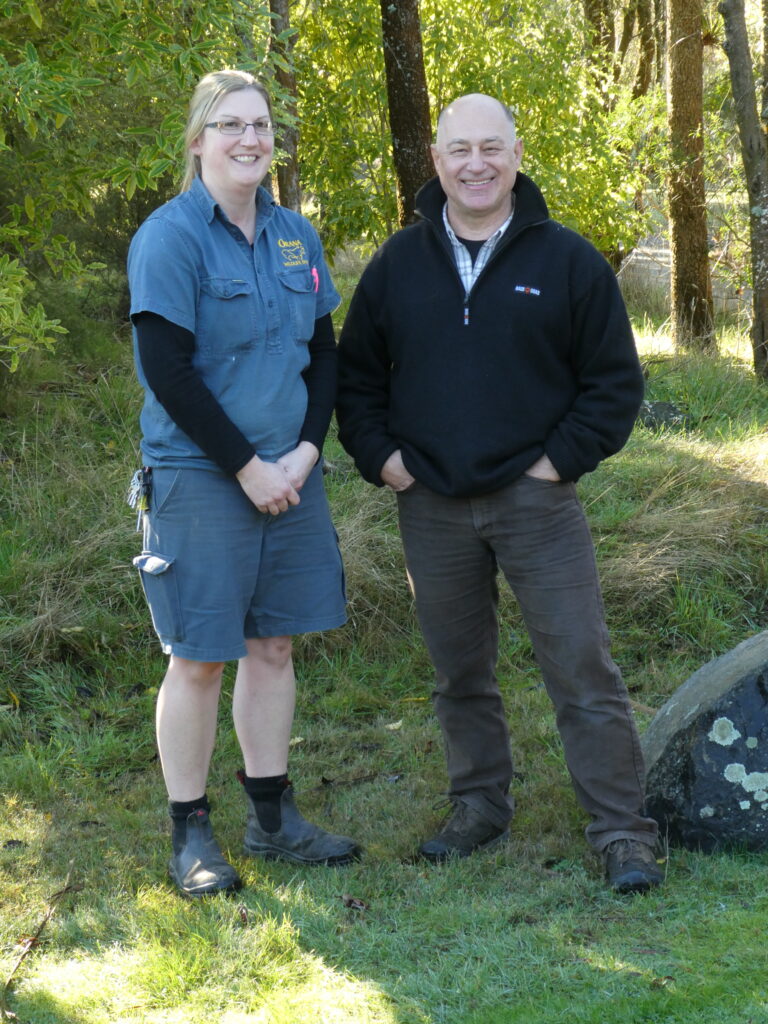
Catherine Roughton
Orana Wildlife Park
Pictured with Phil Bishop Catherine is the Manager of NZ Fauna and Domestic Species at Orana Wildlife Park in Christchurch.
The Orana Wildlife Park team holds a small group of Hamilton’s frogs in a purpose-built climate-controlled facility that replicates conditions on Maud Island. They are currently fine-tuning captive husbandry for this species. Their ultimate goal is to successfully and repeatedly see captive breeding of these frogs in our facility.
Email: hkn@oranawildlifepark.co.nz
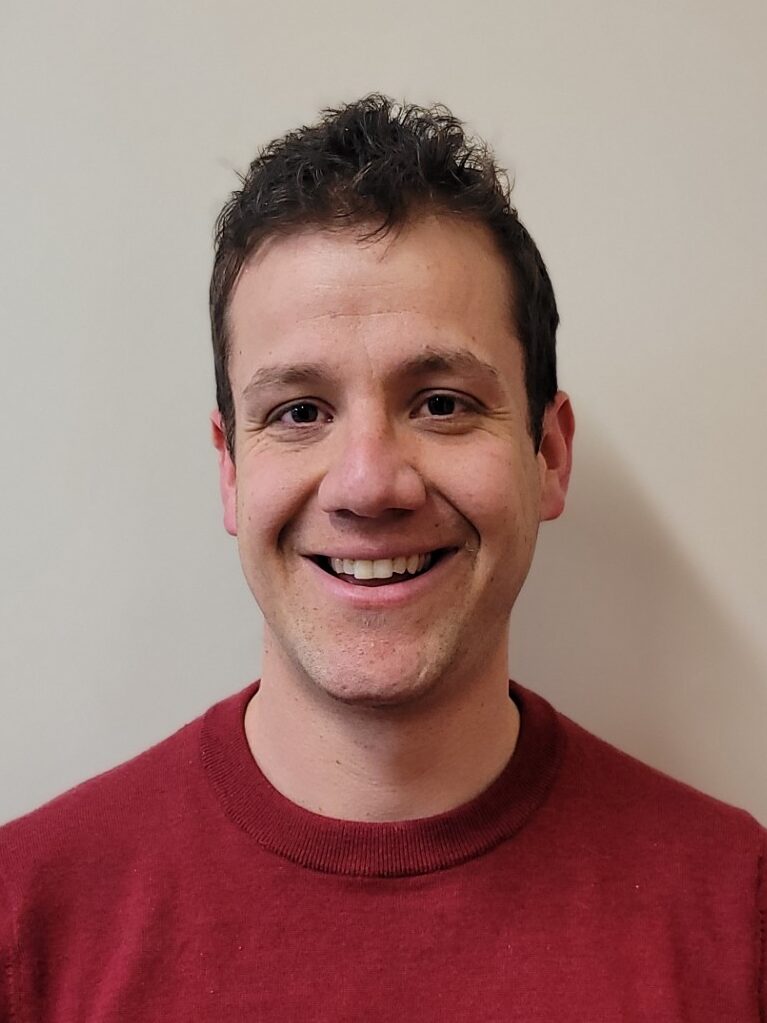
Ludovic Dutoit
University of Otago
Ludo has range of research interests within evolutionary genomics. He is using eDNA, transcriptomics and population genomics tools to approach research questions in Ecology and Evolution. He has specific interests in understanding genomic signatures of sexual conflict, the speciation process, and the evolutionary forces shaping genomic variation both in a fundamental context and within the realm of conservation biology.
Email: ludovic.dutoit@otago.ac.nz
Past Students
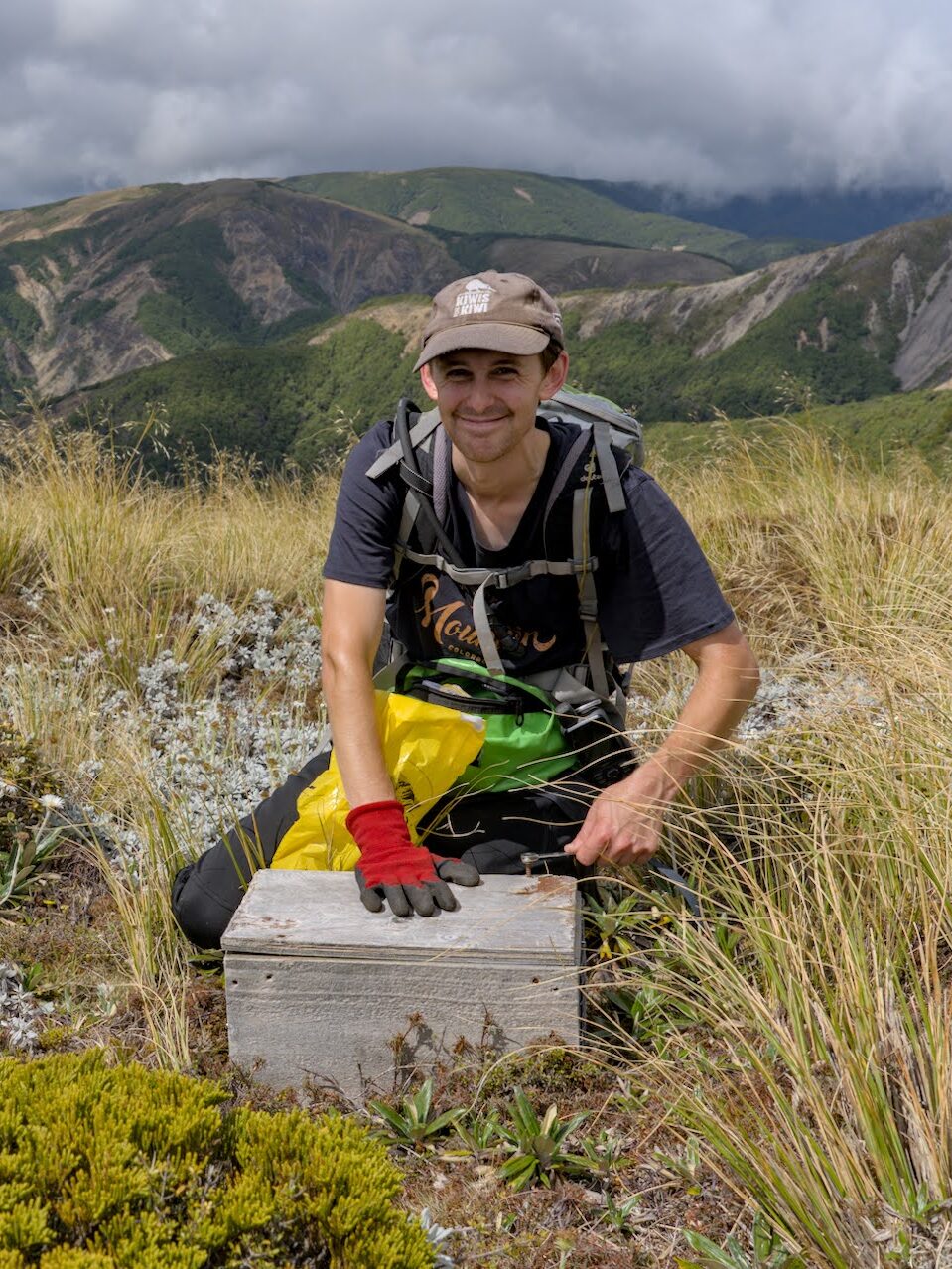
Luke Easton
PhD University of Otago
Luke completed his PhD in 2018, which focussed on the taxonomy and genetic management of Leiopelma frog populations. Since then, he has worked as a biodiversity ranger for the Department of Conservation and is currently based in Tongariro (central North Island). Luke has worked with a range of threatened New Zealand flora (e.g. leafless mistletoe) and fauna (e.g.tuatara, robins, etc.), but also has been involved in palaeontology, in collaboration with his brother Clint, Trevor Worthy (Flinders University, Adelaide, Australia), and Alan
Tennyson (Te Papa Museum, Wellington, New Zealand)
Email leaston@doc.govt.nz
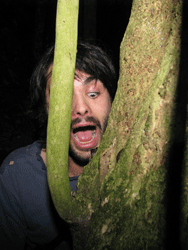
Bastian Egeter
PhD University of Otago
Bastian is currently the Products Director for NatureMetrics, a leading environmental DNA (eDNA) company. Bastian has studied and worked in the ecological sector for over 20 years. He started as an ecological consultant producing environmental impact assessments for major national developments. During his PhD and postdoc positions he focussed on molecular diet analysis of invasive or threatened species, ranging from New Zealand frogs to cheetahs to scorpions. He has led dozens of environmental DNA projects on the detection of fauna and flora from aquatic and terrestrial eDNA, with each study involving both ecological data acquisition and eDNA method development. Bastian has contributed to multiple scientific publications and has supervised 4 MSc and 2 PhD students
Email: bastianegeter@yahoo.ie
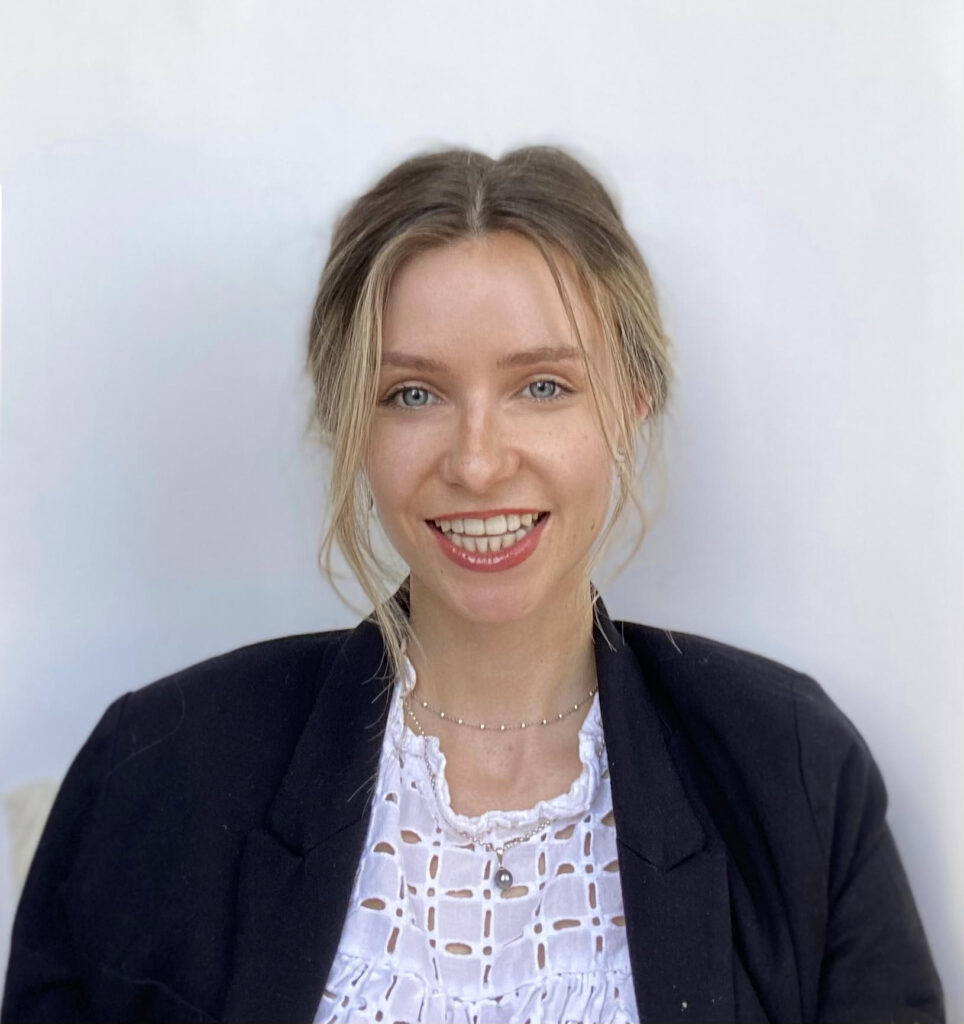
Claire Johnson
MSc Massey University
Claire Johnson (MSc) is employed as an environmental scientist with Focus Environment Services, based in Auckland. While not currently working in academia, she had the pleasure of investigating and publishing research on the population of Hochstetter’s frogs in Aotea (Great Barrier Island). She completed her MSc research at Massey University working under my supervisors Doug Armstrong and Sarah Herbert. The focus of her research was a comparison of approaches for estimating Leiopelma hochstetteri abundance using capture-mark-recapture (CMR), N-mixture and site occupancy models. She remains passionate about Aotearoa’s native frog research space and participating in herpetological surveys when opportunities arise.
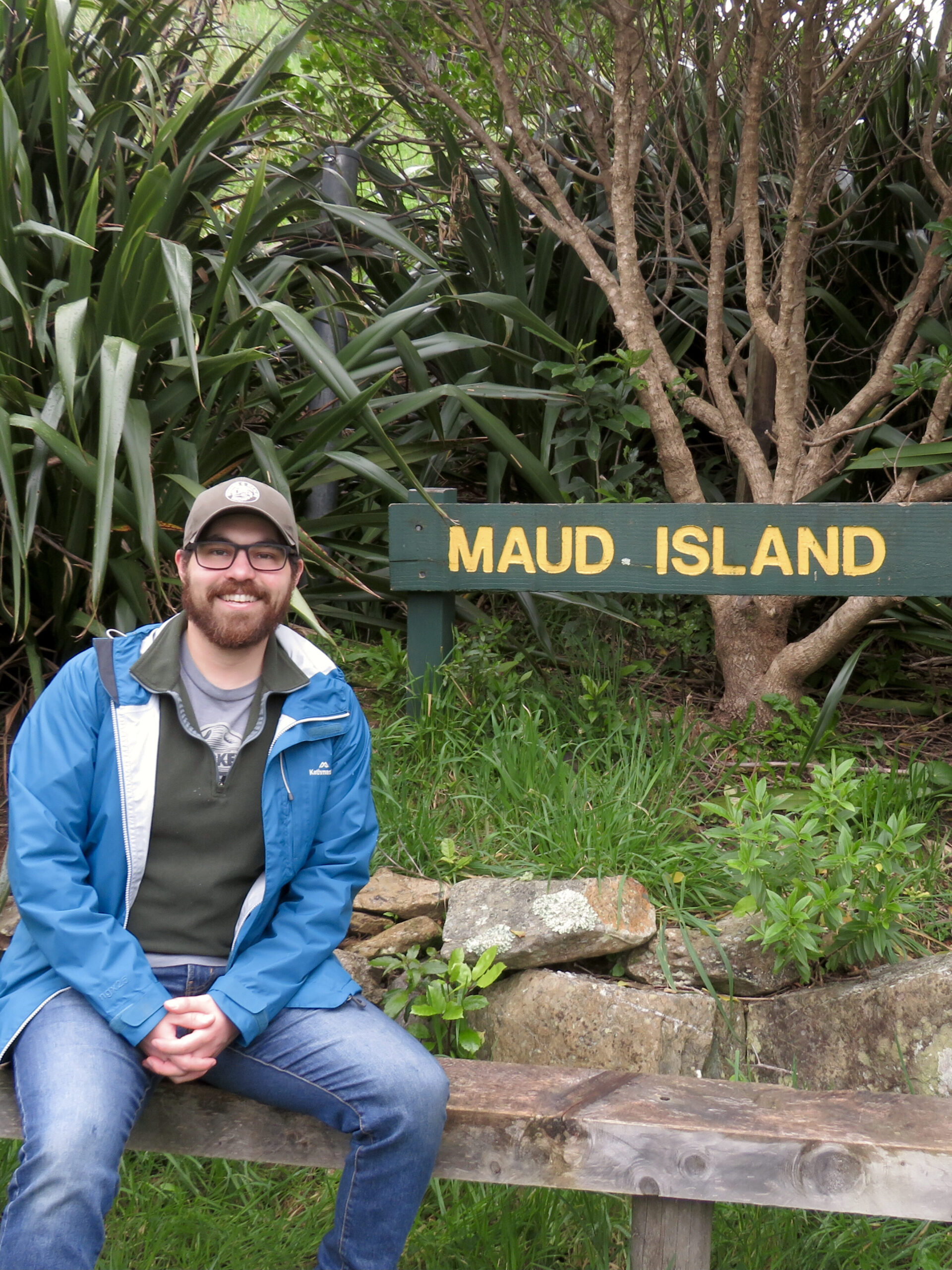
Joseph Altobelli
PhD University of Otago
Joe completed his PhD at the University of Otago where his thesis focused on the spatial ecology and habitat selection of Hamilton’s Frogs on Te Pākeka/Maud Island. During his thesis Joe developed and refined radio telemetry techniques for studying the movement and behaviours of New Zealand’s terrestrial native frog species, Archey’s
frog and Hamilton’s frog. Before moving to New Zealand, Joe completed is an MSc in biology at Grand Valley State University studying the nesting ecology and hatchling survival of the Eastern Box Turtle in Michigan, USA and a BSc at the University of Tennessee, Knoxville USA. Joe has also been involved in research and published on soil arthropods, rattlesnakes, and tuatara
Email altobejo@gmail.com
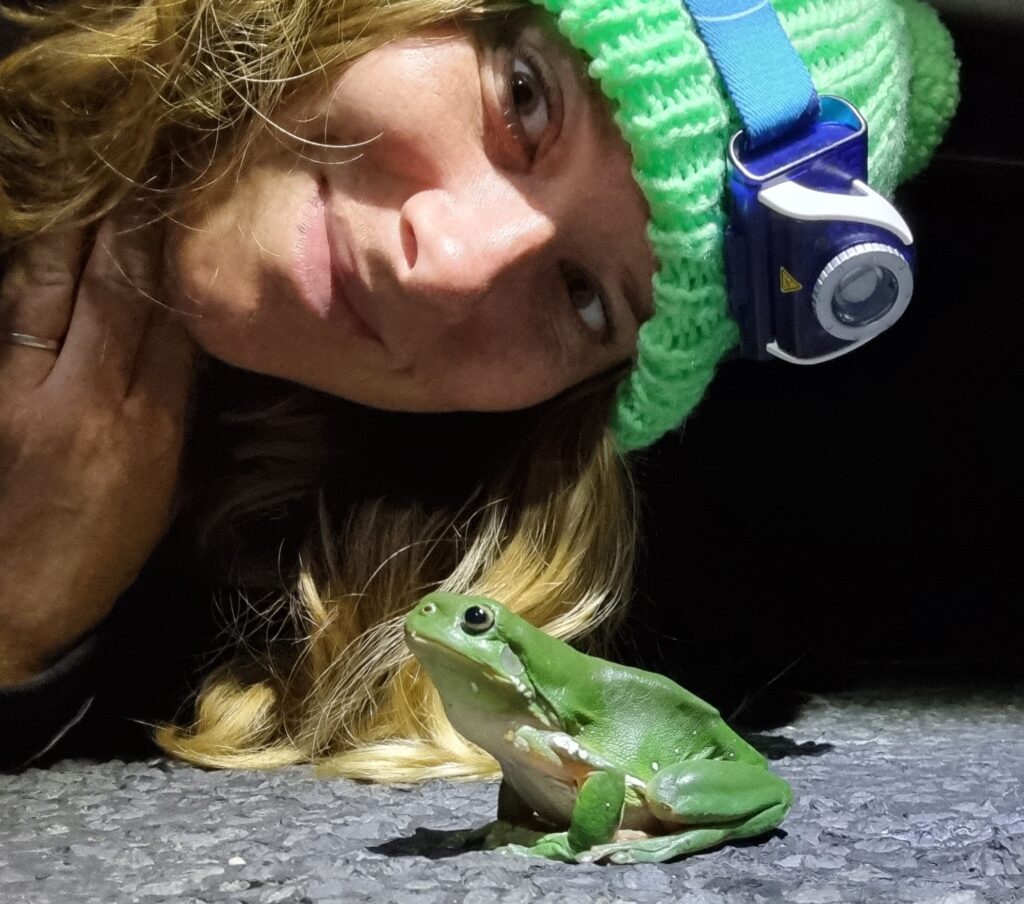
Emily Hotham
MSc Massey University
Emily works as a herpetologist at the Australian Museum, researching threatened frog species. She grew up on the Coromandel, and did her MSc with Doug Armstrong and Katherine Muchna on the abundance and habitat-use of Archey’s frogs on the Coromandel Peninsula. She has worked with Archey’s frogs and Hochstetter’s frogs for over five years, and hopes to continue to contribute to the research and conservation of these species.
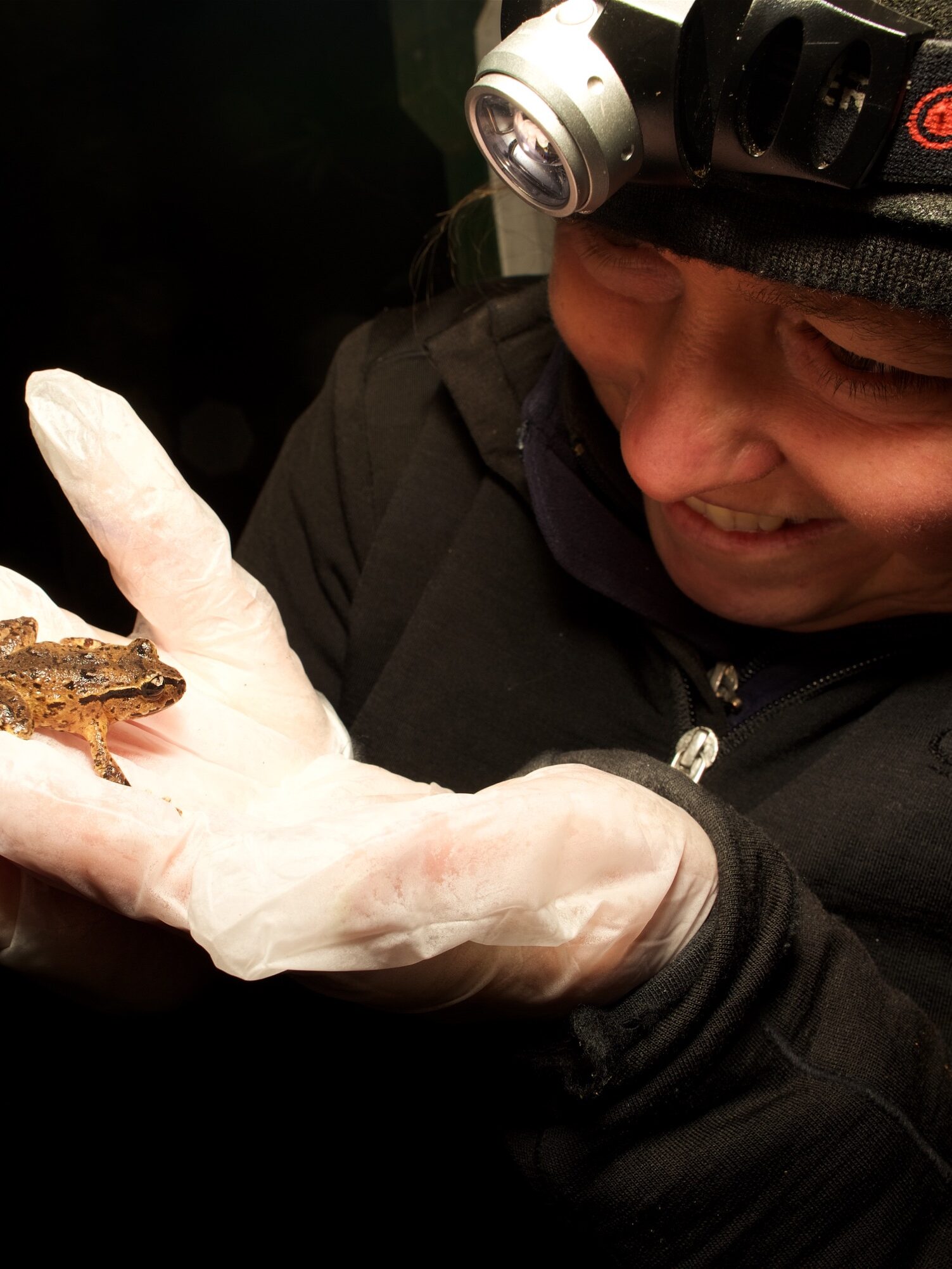
Elizabeth (Biz) Bell
Victoria University of Wellington
Elizabeth (biz) has been working with native frogs since she spent time on Maud Island as a child. She completed my MSc thesis on Maud Island frog in 1995. Since then she has worked on Maud Island, Takapourewa/Stephens Island, Motuara, and Long Island undertaking translocations and monitoring resident Hamilton’s and Maud Island frog populations. Undertaking mark-recapture surveys using toe-clipping and photo ID methodology as well as disease screening and collecting samples as required. Completing habitat augmentation on Takapourewa as required.
Email: biz@wmil.co.nz
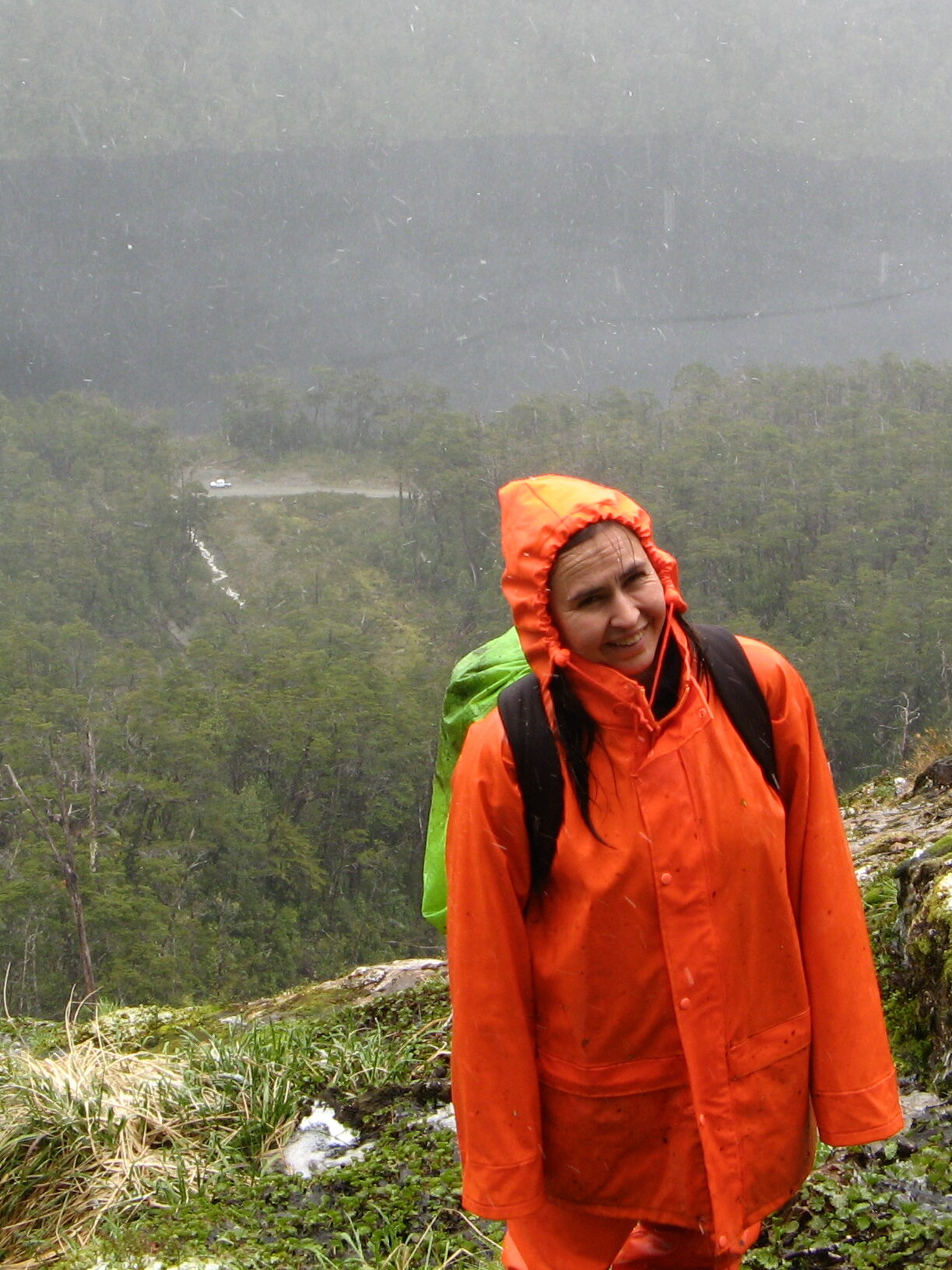
Javiera Cisternas Tirapegui
PhD University of Otago
Javiera is a Chilean woman and Engineer in Renewable Natural Resources (Universidad de Chile, Chile). She visualise’s the solution to environmental problems using an interdisciplinary approach within a sustainability framework. Her approach to amphibian conservation combines biological studies with the involvement of local communities. Javiera’s most productive research relates to anuran breeding behaviour and acoustic communication. Additionally, she has carried out dozens of outreach projects, including several co-research initiatives with school kids. Her PhD (University of Otago, New Zealand) analysed a frog translocation incorporating tangata whenua (Māori local people) and western perspectives on conservation.
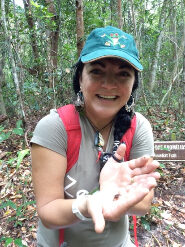
Leida Dos Santos
PhD University of Otago
Leida is a passionate, innovative conservationist. She completed her PhD at the University of Otago looking at “Using Environmental Education to Prevent Further Amphibian Declines” supervised by Professor Phil Bishop. She completed a Master of Science (MSc) degree by research at the University of Kent (UK), under supervision of Professor Richard Griffiths, on Biodiversity Management in 2009. She has a first class Bachelor of Sciences degree from the Catholic University of Minas Gerais, Brazil. She has taught high-school science (Biology, Physics and Chemistry) since 1994 (in Brazil and in the UK).
Patricia Ramirez
Patty is a Senior Adviser at the Ministry for Primary Industries. She completed her PhD at Victoria University of Wellington under the supervision of Dr. Ben Bell and Dr. Nicola Nelson in 2017. As part of her research she investigated the activity, movement behaviour and microhabitat use of Leiopelma pakeka (now L. hamiltoni) in Maud Island and L. archeyi in Whareorino forest. Her thesis can be found here
Email: pattypats25@gmail.com
New Zealand Leiopelma Alumni
Phil Bishop
University of Otago
Emeritus Professor Phil Bishop co-founded and led the NZFROG research group at the Otago University Zoology Department and ran the original NZFrogs website. At one point Phil was a Lecturer, a Professor and the Director of Ecology in the Department of Zoology at the University of Otago, Chief Scientist for the global IUCN SSC Amphibian Survival Alliance and the Co-Chair of the IUCN SSC Amphibian Specialist Group, as well as being instrumental in the production of the Native frog (Leiopelma spp.) recovery plan, 2013-2018 when part of the New Zealand Native Frog Recovery Group. He worked on amphibian behaviour and conservation for over 30 years, publishing over 80 scientific papers before his passing on the 23 January 2021.
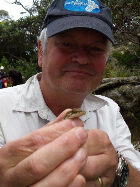
Tony Steer
Mahakirau Forest Estate
Tony was the Biodiversity Assets Manager for Mahakirau Forest Estate. The estate is extremely fortunate to have a number of threatened species such as: Archey’s and Hochstetter’s frogs which he initiated survey and monitoring programmes for. He was appointed as an honorary research fellow within the Department of Zoology at the University of Otago which allowed him to contribute directly to frog conservation.
Michael Crossland
I am a Research Affiliate with The University of Sydney, working on amphibian ecology and evolution. Most of my work has focused on an invasive amphibian: the cane toad. Specifically, I have studied cane toads in Australia, Hawaii, Japan and Puerto Rico. I have also collaborated with Japanese researchers to study another invasive toad species in Japan: the Japanese common toad which is native to some parts of Japan but introduced to the northern island of Hokkaido. My research involves a combination of field monitoring, and controlled field/laboratory experiments to understand ecological impacts and evolution of invasive species. In New Zealand, I worked for the Department of Conservation from 2002 to 2006, developing a method (site occupancy modelling) to monitor Hochstetter’s frog populations.
Ben Bell
Victoria University of Wellington
Image by RNZ / Alison Ballance
Ben led the Victoria University of Wellington NZFROG research group which he co-founded. He has been a pivotal researcher within native and introduced New Zealand frog research. Since the early 1980s, Ben has carried out long-term population studies of Archey’s frog (Leiopelma archeyi) in the Coromandel Ranges and of Hamilton’s frog (L. hamiltoni) on Maud Island, contributing to their ongoing conservation management. He has served on the Department of Conservation’s Frog Recovery Group since its inception. At Victoria University he was first Director of the Centre for Biodiversity & Restoration Ecology and remains an Adjunct Professor there, after his retirement in 2012.
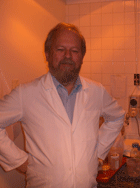
Russell Poulter
University of Otago
Russell’s passion and concern for the frogs disappearing from his garden led him to investigate the frog disaese chytridiomycosis. In collaboration with Rick Speare and Phil Bishop and his research assistant Margi Butler they developed a cure for chytridiomycosis in the lab. Russell sadly passed on the 11 January 2021.
Trevor Worthy
Trevor completed his Masters of Science at Victoria University in Wellington studying the fossil frogs of New Zealand. Trevor made significant contributions to the Leiopelma subfossil record and understanding of Leiopelma morphology. Trevor is now a Research Fellow at Flinders University in Australia specialising in phylogenetic analyses of fossil birds in Australasia.
Alison Cree
University of Otago
Emeritus Professor Alison Cree completed her BSc (Hons) with a research dissertation comparing breeding biology and metabolism of 2 introduced frogs. She completed her PhD at the University of Waikato studying the ecophysiology of water balance in New Zealand’s native frogs.
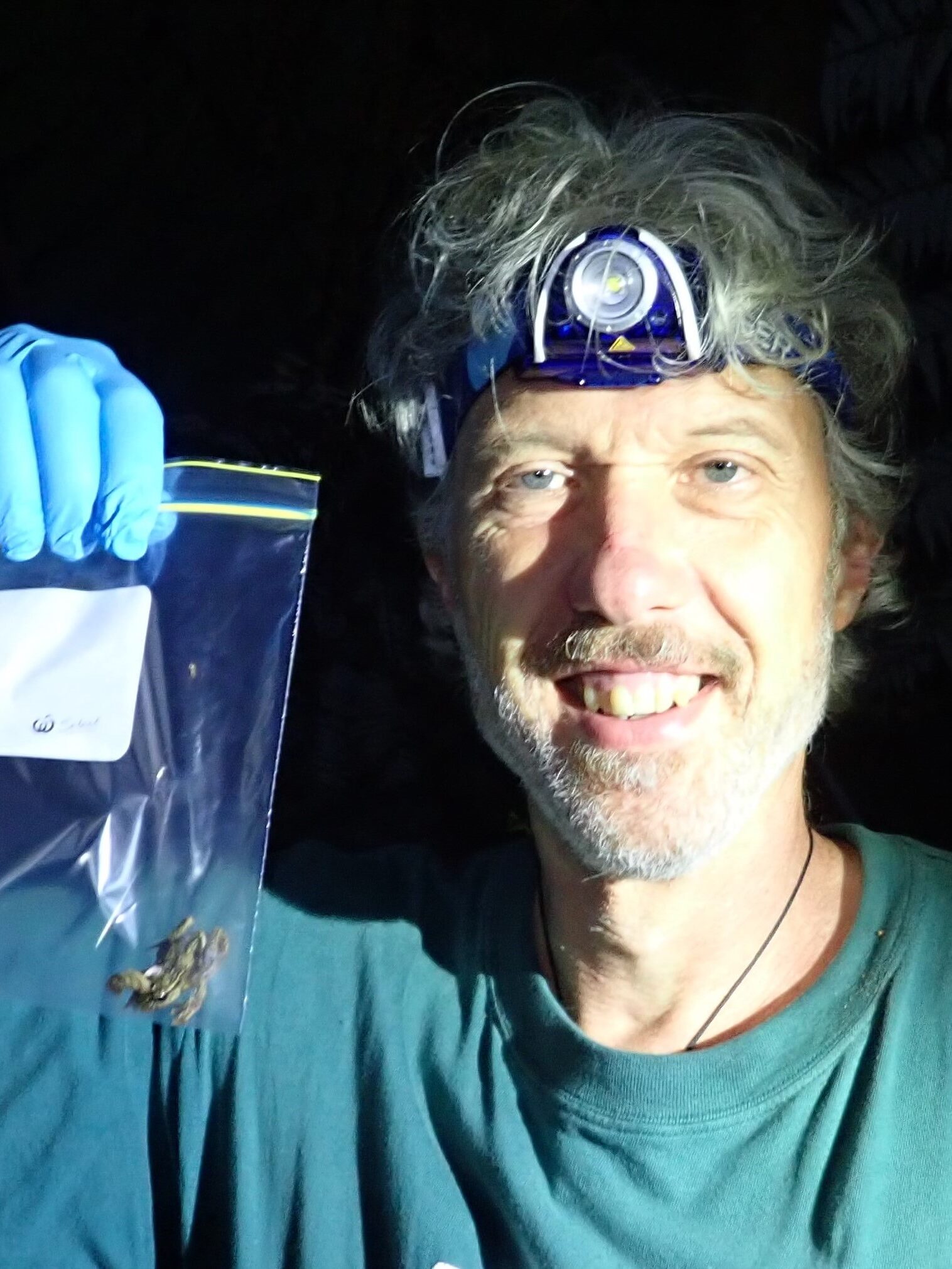
Doug Armstrong
Doug is Emeritus Professor of Conservation Biology at Massey University and is a member of the New Zealand Frog Recovery Group. He has helped develop monitoring methods for Archey’s and Hochstetter’s frogs in collaboration with MSc students Emily Hotham and Claire Johnson, and more broadly has done research on the effectiveness of conservation management actions involving a wide range of taxa.
